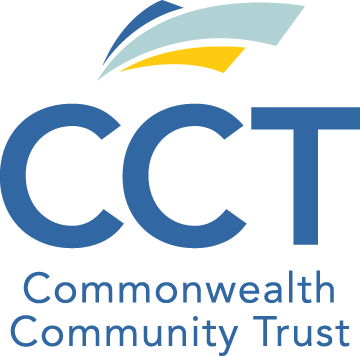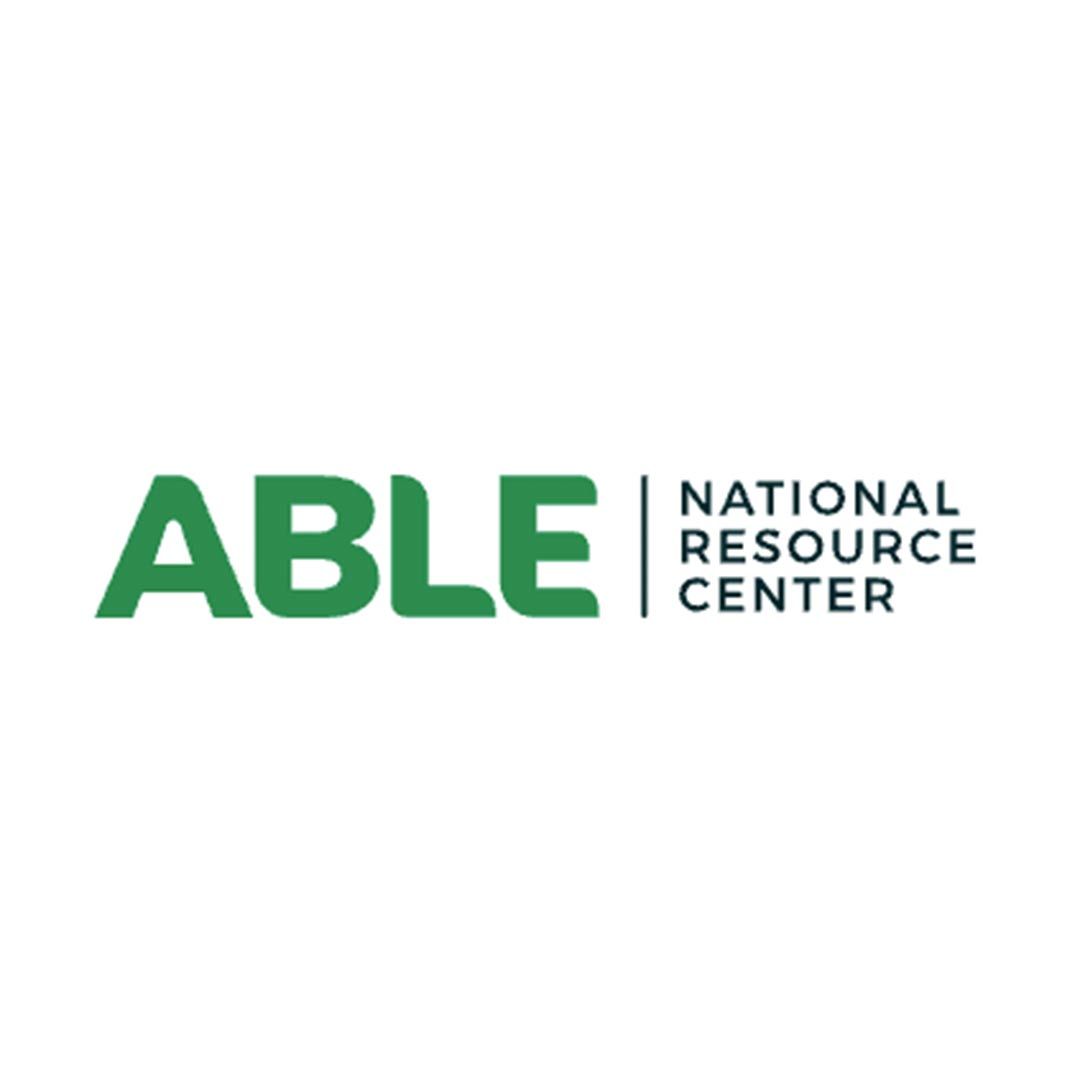A Comparison of Planning Tools for Disabled Individuals – Special Needs Trusts: Individual v. Pooled & First-Party v. Third-Party and The ABLE 529A Savings Account
By Karen Dunivan Konvicka, J.D., Former Director of Client Services and General Counsel
Planning for those with disabilities has multiple purposes from maintaining eligibility for public benefits to financial management and oversight for the beneficiary. The traditional special needs or supplemental needs trust funded with a family member’s or third party’s assets is the oldest and most utilized tool for estate planners, but the landscape changed in the 1990s when an individual was allowed to establish and fund his or her own special needs trust with his or her money. More recently, a new tool has been created through the Internal Revenue Code to mimic the 529 College Savings Plan that allows families and disabled individuals to save in a similar fashion as their college bound peers without jeopardizing public benefits. This article will address the utility and limitations of each.
Third Party Special or Supplemental Needs Trusts
Third party special needs trusts are those trusts funded with the assets of a third party and that limit the trustee’s authority to make distributions for the beneficiary’s support and maintenance or for any purpose that would jeopardize public benefits. The typical stated purpose is to provide for the beneficiary’s special or supplemental needs after taking into consideration the support provided to the beneficiary through government programs. The beneficiary cannot be the trustee and cannot have the authority to revoke or terminate the trust or direct distributions for his or her support and maintenance. See POMS SI 1120.200 D.1.b. Individual third party special needs trusts are administered by a trustee that may be an individual or a corporate fiduciary. The trust assets are invested and held specifically for that beneficiary with its own Taxpayer Identification Number and correlating responsibility to file a Form 1041 reporting the income thereon. Third party special needs trusts are typically “complex trusts” or “qualified disability trusts” which causes income to be taxable at the trust level unless it is “carried out” to the beneficiary. Income carried out to the beneficiary is reported to the beneficiary on a Schedule K-1. Individual third party special needs trusts can be testamentary in nature or created under an inter vivos trust agreement by a specific grantor. They are funded with lifetime gifts, estate or trust assets, qualified plans and insurance policies.
In contrast, pooled third party special needs trusts are administered by a nonprofit organization serving disabled individuals. The assets are pooled together for investment purposes with each beneficiary having an individual account within the pool. The nature of the investments allows pooled trusts to have lower fees and accept smaller account sizes than corporate fiduciaries would. Pooled trusts operate pursuant to one master trust agreement and the accounts for each beneficiary are created by executing a joinder agreement which is the contract “joining” the beneficiary with the pool. The account is funded by a lifetime gift, specific bequest or devise from an estate or trust, qualified plan or insurance policy. The pooled account would be designated as the beneficiary of an estate, trust, insurance policy or qualified plans. No additional trust need be created as a part of the estate plan. The trust administrator of the pooled trust is tasked with filing a Form 1041 for the entire pool and they are also typically taxed as complex trusts. The individual beneficiaries would receive a Schedule K-1 for any income carried out to the beneficiary. The joinder agreement, much like the trust document for individual trusts, specifies the remainder beneficiaries at the death of the disabled individual as well as any specific instructions to the trust administrator. When considering pooled trust options, the remainder policy must be reviewed carefully. Some pooled trusts retain the remainder at the death of the disabled individual to support its charitable purposes. Some do not and some retain a percentage. While choosing a pooled third party special needs trust is an excellent option, the remainder distinction can have enormous impact for families.
First Party Special Needs Trusts
For the first time, after the passing of the Omnibus Budget Reconciliation Act of 1993 (OBRA ’93) a disabled individual was empowered to create a special needs trust and fund it with his or her own money. The new statute specifically exempted trusts that complied with the statute from being counted as a resource for public benefits purposes. See 42 U.S.C. §1396(d)(4)(A) and (C). Section (d)(4)(A) created the individual special needs trust, and Section (d)(4)(C) created the pooled special needs trust. 1 The statute requires that these trusts be established by the disabled individual, a parent, grandparent, guardian, or the court; and, to the extent there are assets left in the trust at the beneficiary’s death, they must be used to repay the states up to the amount paid by the state agency for medical assistance provided to the beneficiary. All first party special needs trusts must be irrevocable and in the event of an early termination, Medicaid must first be repaid prior to distribution. But, “(d)(4)(A)” individual trusts and “(d)(4)(C)” pooled trusts have some differences too. The obvious difference is that individual trusts are invested and managed individually by a trusted family member, professional or corporate fiduciary. Pooled trusts, by contrast, pool the beneficiaries’ assets together for investment purposes, giving each beneficiary a sub-account within the pool that reflects the balance of that account. In addition, pooled trusts must be administered by a nonprofit organization and the statute allows the non-profit organization to retain the remainder for its charitable purposes without Medicaid repayment to the states. 2 Much like the previous discussion of third party remainder policies, the remainder policies vary significantly from one first party pooled trust to the next. Layered onto the disparate remainder policies are disparate state statutes that dictate to the non-profit organizations the amounts or percentages that may be retained if not repaying Medicaid in full. The master trust agreement should describe a pooled trusts’ remainder policy. Because of the Medicaid repayment requirement, no first party trust, whether individual or pooled, for a Medicaid recipient can pay for funeral expenses prior to making the repayment. It is vitally important that these expenses be paid through a pre-need arrangement prior to death.
The ABLE 529A Saving Plan 3
After the passing of the Stephen Beck, Jr. Achieving a Better Life Experience Act of 2014, practitioners can now add the ABLE 529A Savings Plan as a third planning option for the disabled population. See 26 U.S.C. §529A. This plan was modeled after the 529 College Savings Plan but is utilized for disabled individuals who had the onset of a disability prior to the age of 26. The income in the account and certain expenses withdrawn from the account are not taxable and in some states an income tax deduction can be taken by the person funding the account. This tax advantaged plan has restrictions however, some of which mirror the 529 Plan. The maximum annual contribution, tied to the annual gift tax exclusion, is currently $15,000. The disabled individual may contribute a limited amount of wages earned under the ABLE to Work Act as well. An individual may only have one ABLE account and most states have imposed limits on the maximum account value. The first $100,000 is disregarded for means-tested public benefits. The value over $100,000 will be counted as a resource for Supplemental Security purposes, but it will not affect Medicaid eligibility. Just as the 529 Plan has allowable educational expenses that can be withdrawn without tax consequences, the 529A Plan has allowable “Qualified Disability Expenses” that can be paid from the account without tax consequences and without consequence to the person’s public benefit eligibility. The account must be set up by the disabled individual, a parent, legal guardian or person holding power of attorney for the disabled individual. The costs associated with the ABLE account are much less than even a pooled special needs trust and the accounts can be funded by the disabled individual and any third party (including a trust). Bear in mind that funding an ABLE account with third party assets, while economical from a fee standpoint, most likely subjects those funds to Medicaid repayment whereas funding a third party pooled account or creating a third party trust would not. The IRC statute 4 requires that ABLE accounts repay Medicaid for medical assistance, but unlike the first party special needs trust, the repayment is only for the time period during which the ABLE account existed, and in several states the Medicaid agencies are prohibited from seeking repayment at all unless required by federal mandate. In addition, the ABLE account can be used to pay funeral and burial costs prior to Medicaid repayment. Because of the autonomy the account offers to the disabled individual and the fact that some expenses can be paid from an ABLE account that cannot be paid from a trust, 5 there can be significant interplay between the two for qualifying beneficiaries.
These five options: individual third-party special needs trusts, third party pooled special needs trusts, stand alone first party special needs trusts, first party pooled special needs trusts and the ABLE account all have advantages and critical points to consider. In many cases, there is a need for more than one of these tools to adequately protect the disabled individual and meet the needs of the third party planning for a loved one.
1 Section (d)(4)(B) created the Income-Only Trust or Miller Trust, but it is only applicable in some states and is outside the scope of this article. 2 Presumably, this is why third party pooled trusts have adopted this practice as well 3 Additional information on the ABLE 529A Plan can be found on the website for the National ABLE Resource Center (https://www.ablenrc.org/). 4 26 U.S.C. §529A(f) 5 SSI recipients cannot receive third party assistance with food or shelter expenses; however, shelter expenses are qualified disability expenses under the ABLE act.
Dan, Brother and Advocate of a CCT Beneficiary
"CCT has been a blessing to our family. CCT has provided a sense of order, organization, trust, and leadership in helping to provide and protect the well-being of my younger sister. I would recommend CCT to anyone, and I already have." — Dan, Brother and Advocate of a CCT Beneficiary

Dustin, CCT Beneficiary
"I have had nothing but exceptional service from this company, they take their time to help with my needs and make sure I have what I need." — Dustin, Beneficiary of CCT
Cathy, CCT Beneficiary
"With the help of CCT I was able to purchase my Dream vehicle. Emily at CCT was/is a HUGE help! It was a very smooth transaction." — Cathy, Beneficiary of CCT
Grandmother of Beneficiary Kobe
"CCT made getting the wheelchair equip van we so much needed for our grandson the easiest purchase ever. Thank you CCT!!!" — Grandmother of Beneficiary Kobe
Rhonda, Mother and Advocate of a CCT Beneficiary
"CCT has been amazing. Very helpful with guiding us through this process." — Rhonda, Mother and Advocate of a CCT Beneficiary
Nancy, Grandmother and Advocate of a CCT Beneficiary
"CCT has been wonderful in serving the financial needs of my grandson. They are always prompt in answering questions and suggesting how we can make something happen for him. He just turned 18 this year and we still plan on using this service." — Nancy, Grandmother and Advocate of a CCT Beneficiary
Dan, Brother and Advocate of a CCT Beneficiary
"CCT has been a blessing to our family. CCT has provided a sense of order, organization, trust, and leadership in helping to provide and protect the well-being of my younger sister. I would recommend CCT to anyone, and I already have." — Dan, Brother and Advocate of a CCT Beneficiary
Dustin, CCT Beneficiary
"I have had nothing but exceptional service from this company, they take their time to help with my needs and make sure I have what I need." — Dustin, Beneficiary of CCT
CCT
Trusts
Professionals
Clients

*Disclaimer Statement: CCT is not a chartered bank or trust company, or depository institution. It is not authorized to accept deposits or trust accounts and is not licensed or regulated by any state or federal banking authority.
All Rights Reserved | Commonwealth Community Trust


